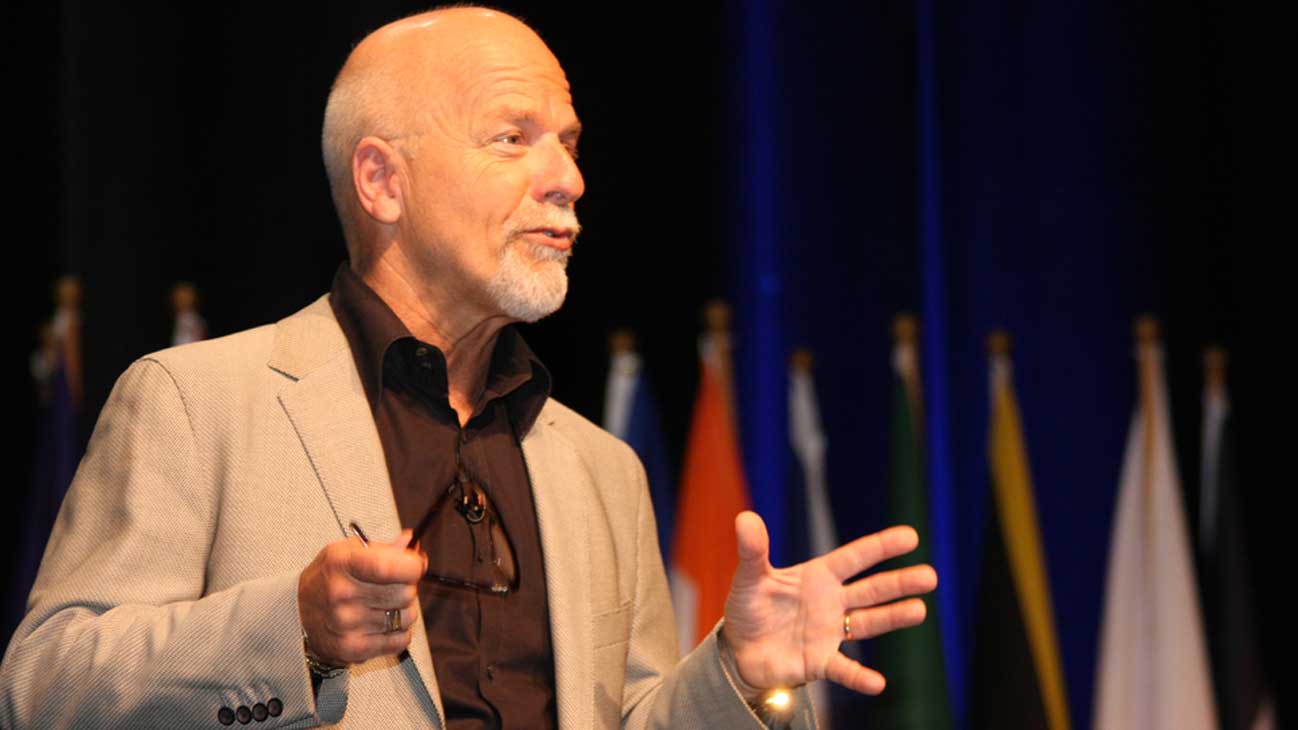Chris Mathers spent most of his life working undercover for the Royal Canadian Mounted Police, US Drug Enforcement Administration, and the US Customs Service. Posing as a gangster, a drug trafficker, and even as a money launderer, Chris has seen and done it all. In his extraordinary talks, Chris takes audiences into the underworld that only he can describe, letting people in on the stunning stories and secrets harboured by terrorists and those involved in organized crime. The Toronto Star asked Chris about the fate of the $1-million coin taken from the Bode Museum in Berlin:
A former RCMP organized crime specialist has some ideas of what might have happened to the world’s largest and purest gold coin, a 221-pound Canadian whopper called The Big Maple Leaf.
The giant coin was stolen this week from the Bode Museum in Berlin.
“It could be melted into slabs already,” said Chris Mathers, who worked undercover for years against organized crime groups and now heads a Toronto-based security company.
“It’d be cooling right now.”
The heist has already been compared to the 1911 theft of the Mona Lisa or the 1990 robbery of 13 masterpieces from the Isabella Stewart Gardner Museum in Boston, which saw thieves take Vermeers and the only known seascape by Rembrandt.
Mathers said he wasn’t surprised that the Berlin thief or thieves seemed to know exactly what they wanted when they scaled a step ladder and entered the 113-year-old museum.
The thief or thieves bypassed paintings, sculptures and 102,000 coins from ancient Greece and about 50,000 Roman coins for the giant gold coin that was issued by the Royal Canadian Mint in 2007.
Old coins are fascinating, but hard to fence, Mathers said.
Their gold and silver purity also might not be high if they were melted down.
The Big Maple Leaf is almost pure gold, making it into the Guinness Book of Records for its purity of 999.99/1000 gold.
While the coin’s face value is 1 million Canadian dollars, its gold content alone is worth about six times as much.
Since leaving the Mounties, Mathers has worked security around the world, including for African gold mines.
He said there are plenty of people on the black market who would be eager to buy the coin, which is big but not humungous: three-centimetres thick with a diameter of 53 centimetres.
It weighs about as much as a refrigerator, which is a challenge, but not an insurmountable one, for two fit men.
“Two guys could do it, if you don’t have to take it too far,” Mathers said. “Two fit guys could easily carry that. You can roll the thing. They should have made it square. It’d be harder to steal.”
He doubts the caper took more than 10 minutes from the time the thief or thieves broke into the museum until the exit.
“You don’t want to be hanging around,” Mathers said.
The Bode Museum sits on Museum Island in the Spree River, in front of a commuter railway.
German police said on Twitter that the thieves likely used a ladder, which was later found at a nearby rail track at about 3.30 a.m.
Police declined to comment on the museum’s security cameras or alarm systems.
There’s a chance they might try to ransom the gold back, but that involves a high level of risk.
Far better to sell it to someone in the gold business on the international black market, Mathers said.
“There are plenty of people who will take it.”
Mathers recalled an armoured car robbery in the Hamilton area that netted about $1-million in Loonies.
“There was $1 million, but it probably weighed close to a ton,” Mathers said.
“It was a logistical nightmare.”
Those thieves were quite easily caught, he said.
Mathers suspects the Berlin thieves had help from someone who works for the museum or a former employee.
He also suspects that if the thief or thieves are caught, it’s because they didn’t plan their escape well enough.
“Somebody will do something stupid,” Mathers said.

